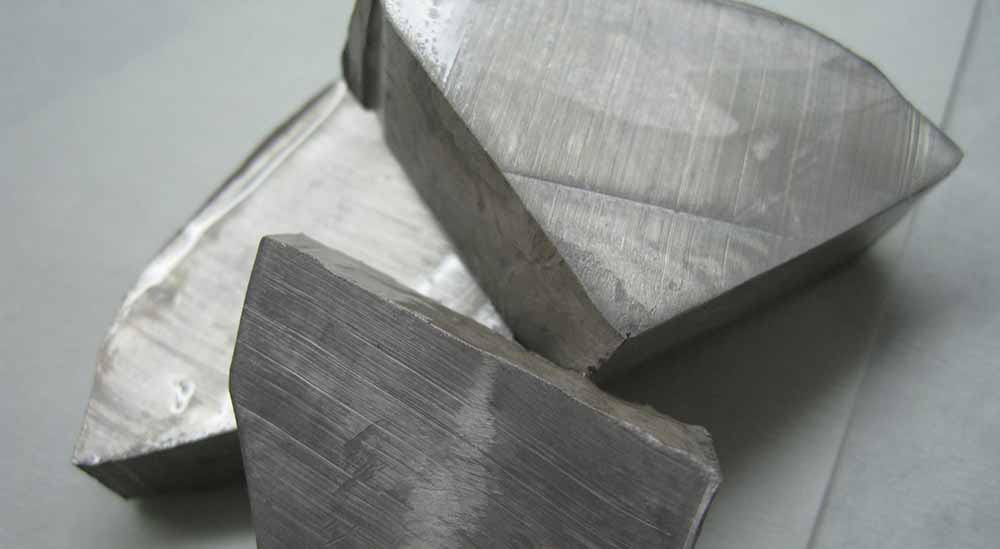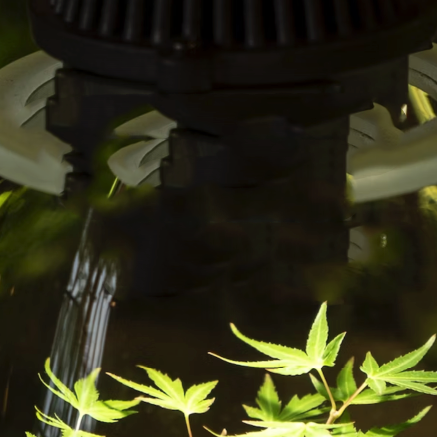Sodium (Na) is soft, highly reactive metal with a silvery-white appearance. The chemical symbol for it, Na, comes from its latin name, Natrium. It is a highly abundant element but because it is so reactive, it is never found in its elemental form. It is found in several different compounds, most commonly along with chloride as table salt which is found in vast quantities in the world's oceans and seas. Sodium instantly reacts with the oxygen in the air. When Sodium is burned it gives off a characteristic bright yellow/orange light. If some pure sodium is dropped into water the reaction is incredibly violent.
Sodium is important for most animals because it is used in nerve cells. However, it is not technically an essential element for most types of plants because they don't have nerve cells. Also, most don't have any other systems that require it.
This means that there are never signs of a deficiency. Unfortunately, an excess of it will usually cause problems. The most obvious signs are burnt leaf tips and edges. This is a symptom of an excess of many micronutrients and it can be tricky to diagnose which one. Sodium can cause uptake problems with potassium, calcium, magnesium, and ammonium which means the plant may show deficiencies in these vital nutrients.

